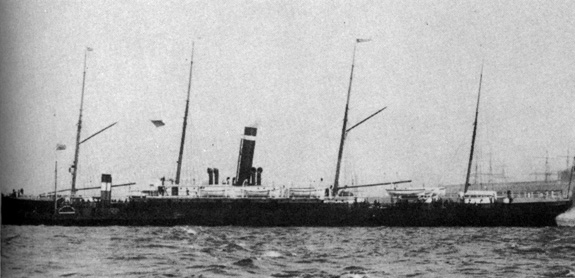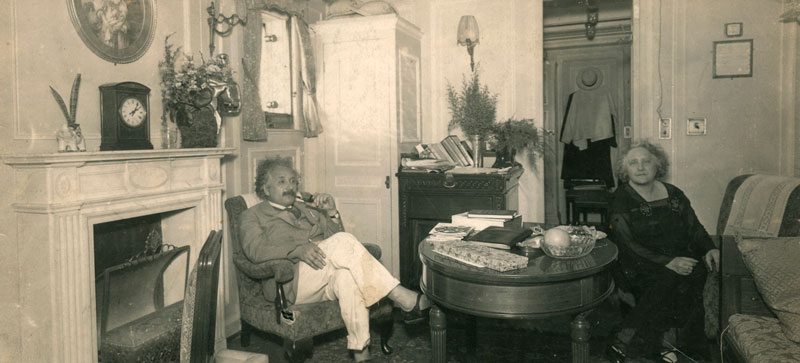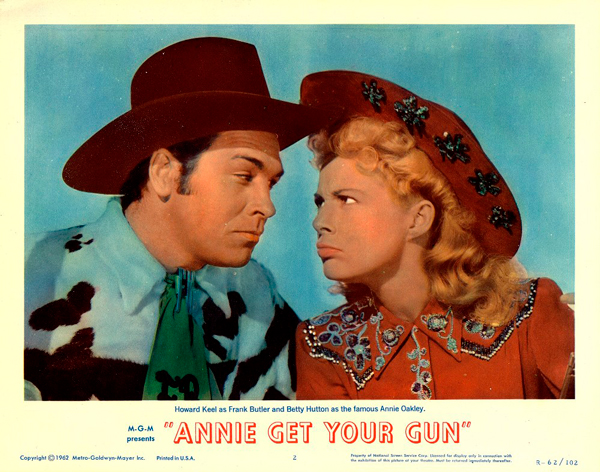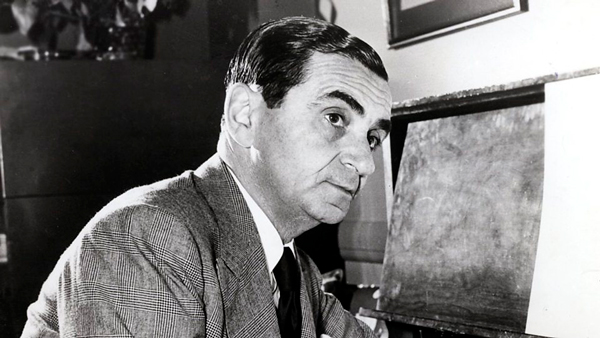Barrow to Broadway: a White Christmas Story by Peter Gardner
7th December 2016On Tuesday 11th March 1879 The Barrow Herald, one of the local papers for Barrow-in-Furness in the north west of England, reported that on the previous day a vessel had been launched by the Barrow Shipbuilding Company and that “Miss Welch, daughter of the American minister in London, gracefully performed the ceremony of naming the vessel, the launch being of the most successful character.”
The ship was called the Rhynland. In the same week The Barrow Times reported that the Rhynland was the “second of the splendid ocean steamers” that the Barrow company had built “for the “Red Star” line” and was “the sister ship to the Belgenland, launched in the last week of 1878.” The Barrow Times went on to say that the Rhynland was four hundred feet long with a gross tonnage of “3,700 tons”, that she would soon be rigged with four masts and have engines fitted, and that she would accommodate about four hundred passengers.

SS Rhynland
“Give me your tired, your poor, your huddled masses” is part of the inscription on America’s Statue of Liberty. Towards the end of the nineteenth century and at the start of the twentieth the Old World duly responded. Ships like the Belgenland and the Rhynland were built to carry the tired, the poor and others across the Atlantic and shipping companies like the Red Star Line specialized in this trade.
Founded in 1871, Belgium’s Red Star shipping company ceased trading in 1935, but during the years it was in operation the line carried over two million migrants to their new home, America. Half a million of these Red Star passengers were Jews. For the first fifty years or so of Red Star’s operations most of the Jews it took to America were fleeing from oppression and violence in Poland and Russia. Ominously in later years many were from Germany. The list of the three most famous Jewish passengers crossing the Atlantic with the Red Star Line includes Albert Einstein and Golda Mabovitch, who would become Golda Meir, the fourth Prime Minister of Israel.

Albert Einstein and his wife Elsa travelled from Antwerp to New York on the SS Belgenland on 2 December 1930
In the early 1890s a Cantor called Moses Baline, his wife, Leah, and six children were part of the Jewish exodus escaping from persecution in Russia. They had lived in the city of Mohilev, which is east of Minsk in what is now Belarus, but had fled westward after their home along with other Jewish properties had been burned to the ground by marauding Cossacks. Such violent displays of anti-Semitism came to typify the reign of Csar Alexander III. Had the Balines decided to stay in their home city, they could have suffered an even worse fate; in early October 1903 American newspapers were reporting that Jews, including women and children, had been “slain” in their hundreds in Mohilev. The perpetrators this time were “riotous peasants”.
On 2nd September 1893, after a twelve hundred mile journey across Europe, Moses, his wife and children sailed from Antwerp aboard the SS Rhynland bound for New York. The youngest of the Baline’s children was a small, frail boy, aged five, one of whose abiding memories of Russia was watching his home burn down. He was Israel Isidore.
Of the Rhynland’s three hundred and seventy two passengers on that September crossing, over three-quarters were Steerage Class, this being the cheapest and by far the worst class of accommodation. Writing about steerage passengers in 1905, one authority spoke of them being “positively packed like cattle” into the hold of the ship, where the “stenches become unbearable”, the food is “miserable” and “privacy” non-existent. The Balines were steerage passengers, and while there is no account of their health or wellbeing after their journey across Europe, an Atlantic crossing as steerage passengers would not have improved their condition. Some accounts actually say they endured a “month-long ordeal aboard ship”, but Red Star’s own records show the crossing lasted eleven days. Still, even this shorter time proved too demanding for some; it is reported that several elderly passengers died on the voyage. The good news was that there was no outbreak of cholera on board the Rhynland.
On 13th September 1893 the Rhynland reached New York and, like millions of other immigrants, the Balines had first to face the health officials and immigration procedures at Ellis Island. After that it is said they met a relative and began their life in the New World in the teaming tenements and the squalor and deprivation of New York’s notorious Lower East Side.
The opening night crowd that left Broadway’s Imperial Theatre on 16th May 1946 was thrilled by what it had just heard and seen. Curtain call after curtain call had brought to an end the first night of Annie Get Your Gun. It would run for over eleven hundred performances and it was full of hit tunes, more hits, it is said, than any other musical: ‘There’s No Business Like Show Business’, ‘Doin’ What Comes Naturally’, ‘The Girl That I Marry’, ‘Anything You Can Do I Can Do Better’, ‘You Can’t Get a Man with a Gun’. ‘They Say It’s Wonderful’, ‘I Got the Sun in the Mornin’’…Annie Get Your Gun would run even longer at London’s Coliseum, over thirteen hundred performances, and the Metro-Goldwyn-Mayer Film with Howard Keel and Betty Hutton would prove to be another huge success.

Annie Get Your Gun – M-G-M Film
Somewhere in that opening night throng at the Imperial Theatre was a small, neat, dapper and rather private man, slightly uncomfortable at being the centre of so much attention, but by now he was almost getting used to it. After all, he had set the world’s feet tapping with ‘Alexander’s Ragtime Band’, his ‘Blue Skies’ was Al Jolson’s big hit of the first talkie, his ‘Cheek to Cheek’ and ‘Top Hat, White Tie and Tails’ had Fred Astaire, with and without Ginger Rogers, gliding across the silver screen and his ‘It’s a Lovely Day To-morrow’ had let Vera Lynn raise morale in war-ravaged Britain. Although Russian-born, he had written America’s unofficial national anthem, ‘God Bless America’. Although Jewish, he had written two of the great celebrations of Christian festivals, ‘White Christmas’, the most popular Christmas song of all-time, and ‘Easter Parade’. He was the composer of hundreds and hundreds of songs, of hit after hit and a string of musicals. He was called ‘The King of Tin Pan Alley’. He had, said Jerome Kern, “no place in American music – he is American music”.
He was the small, frail boy from Mohilev. He was Steering Class Passenger No. 52 on the Barrow-built SS Rhynland in September 1893. He was one of the three most famous Jewish migrants to cross the Atlantic with the Red Star Line. The Lower East Side had claimed the lives of his father and one of his sisters, but he had survived. He was no longer Israel Isidore Baline. He was Irving Berlin.

Irving Berlin
May your days be merry and bright.
Happy Christmas.
Peter Gardner – December, 2016
Acknowledgment
A slightly shorter version of this piece entitled ‘Famous faces sail to freedom on town ship’ originally appeared in The North-West Evening Mail, January, 2015.